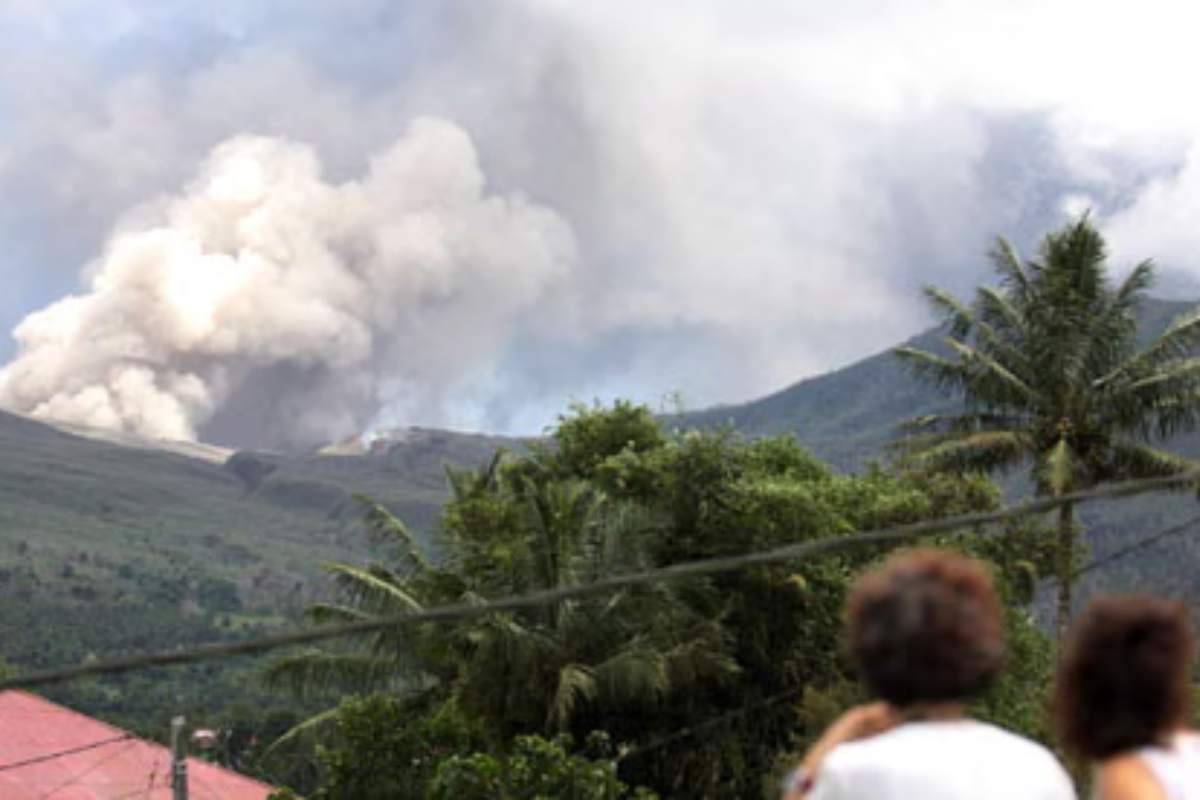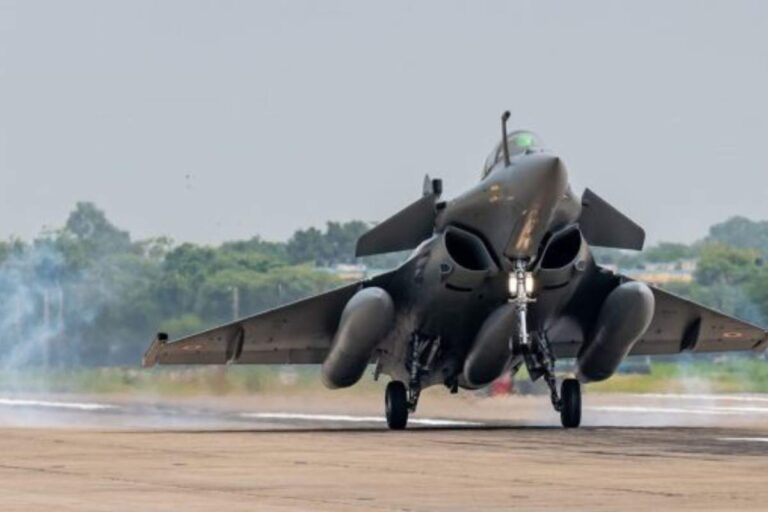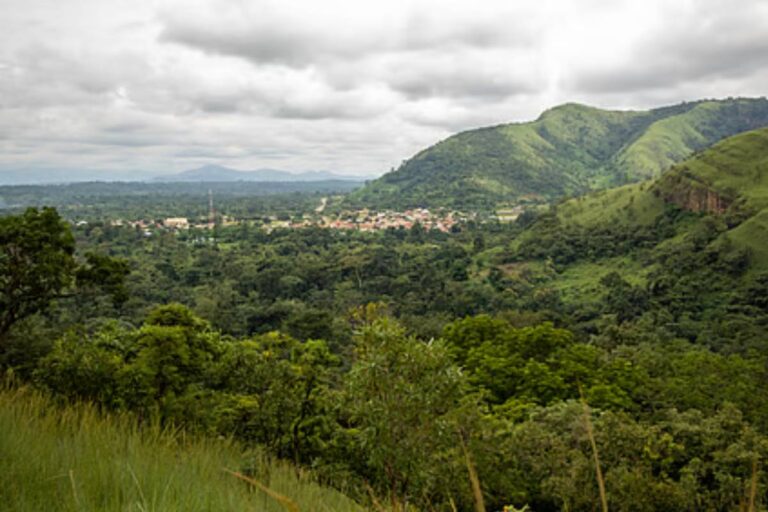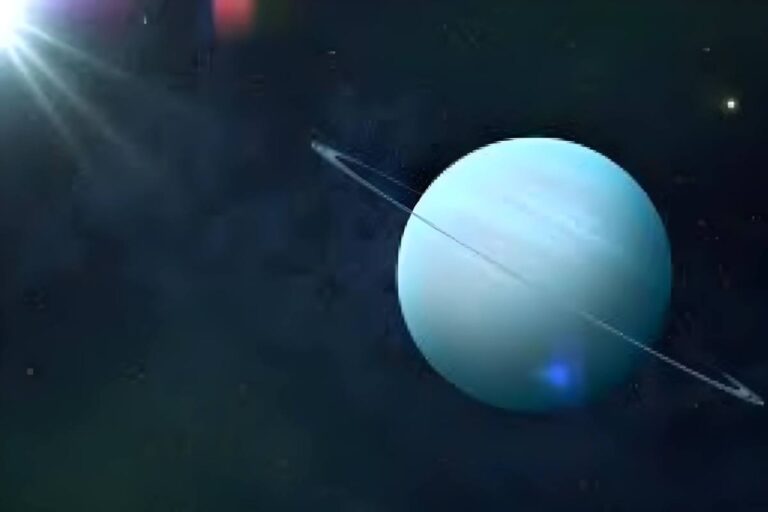When Mountains Roar
Sometimes, the land beneath our feet shifts and, for a moment, everything changes. Mountains become monsters. Ash fills the sky. Lightning dances through columns of smoke. And humanity, brave though it tries to be, remembers just how small it is.
Funny thing is, these moments can come out of the blue, after centuries of stillness. Or, as in this week’s breaking news, after the Earth itself gets jostled by seismic surprise. In far-eastern Russia, a volcano that had slept through empires and revolutions suddenly woke. In distant Indonesia, whole communities craned their necks skyward as twin peaks belched ash, even as scientists scrambled to measure the gases now swirling high above.
Let’s walk through what happened and why it matters so much.
The Sleeping Giant in Russia: Krasheninnikov’s Awakening
Location and Geology: Kamchatka’s Volcanic Quarter
First, let’s set the stage. The Kamchatka Peninsula, stretching out into the icy Pacific, bristles with volcanoes. It’s a wild, rugged region in Russia’s Far East, part of the Pacific “Ring of Fire”, a horseshoe-shaped zone that’s home to most of the world’s volcanoes and earthquakes. That’s not a coincidence. Here, tectonic plates collide, grind, and sometimes shove molten rock to the surface with explosive results.
One of those volcanoes is Krasheninnikov, actually a complex formed by two overlapping stratovolcanoes tucked inside a massive caldera, just south of Lake Kronotskoye. It’s not a headline-grabber, at least, not until very recently.
The 600-Year Slumber: A Timeline to 2025
Let’s stop for a moment. Six centuries is an almost unimaginable chunk of time. When did Krasheninnikov last erupt? Well, historians estimate it happened near 1463. This was before Columbus reached America, before printing presses in Europe, before so much of our modern world even existed.
For generation after generation, locals lived, grew old, and died, believing Krasheninnikov was no longer a threat. There were no lurid stories passed down of fire or ash. Russian scientists and international volcanologists essentially wrote it off as dormant until the unthinkable occurred on August 2, 2025.
Here’s the kicker: All it took was one powerful nudge. On July 30, 2025, an earthquake, measuring an eye-watering magnitude 8.8, rattled the entire region. Seismic waves rolled through Kamchatka, shaking nerves and buildings. And for the first time in 600 years, Krasheninnikov responded.
Earthquake Puppeteers? How an 8.8-Magnitude Quake May Have Sparked the Eruption
The science here is fascinating, and maybe a tiny bit unsettling. Can earthquakes really cause volcanoes to erupt?
Turns out, under the right conditions, yes. Earthquakes shake and shift the ground, sometimes cracking underground reservoirs of magma and gas. When that magma’s already under pressure, the right jolt can set off a chain reaction, think of a shaken carbonated bottle popping its lid.
That’s what’s suspected here. Shortly after the earthquake, scientists noted explosions and glowing lava above Krasheninnikov. Within hours, ash plumes burst skyward. Russian news agencies reported the event as “the first historically confirmed eruption of the Krasheninnikov volcano in 600 years.” Just to underscore: This is not normal.
Olga Girina, head of the Kamchatka Volcanic Eruption Response Team, suggested the timing was likely not a coincidence. The eruption could well be linked to the brutality of the earthquake, an event that itself set off tsunami warnings all the way to Japan and the Americas.
In the Sky: Ash Plumes, Danger, and Aviation Codes
When volcanoes blow, the sky can turn dangerous and mesmerizing at the same time. Krasheninnikov’s eruption drove ash and volcanic gases straight up, rising an estimated 6,000 meters (nearly 4 miles) on the first day, then another ash column stretching an astonishing 8,500 meters (nearly 28,000 feet) days later, according to international volcanic monitoring centers.
Let that sink in: That’s higher than the cruising altitude of many jets. The ash travelled east, out over the open Pacific. Good news for populated communities, but a genuine danger for flights. Aviation authorities promptly branded the plume with an orange hazard code, forcing international carriers to reroute and issue warnings for the busy skies near Japan.
No local villages reported heavy ashfall. And authorities reassured the world that, for now, there was little danger to homes or critical infrastructure. But, as anyone who remembers other global volcanic events will tell you, these things can change in a blink.
Indonesia: Where the Earth Breathes Fire
While Russia wrangled with volcanic awakening, halfway across the world, Indonesia, a country made up of more than 17,000 islands, faced its own volcanic drama.
Lewotobi Laki Laki’s Dramatic Double-Header
Pop quiz: Guess how many volcanoes are monitored in Indonesia. The answer boggles the mind; at least 120 are active, and the country is notoriously volcanic, thanks to its chunk of the Ring of Fire.
But in early August 2025, it was Mount Lewotobi Laki Laki in the spotlight. Over two consecutive days, this twin-peaked mountain system hurled ash and gases into the sky, not just once, but twice, with almost ferocious spontaneity.
- First eruption: A Massive column soared over 18 kilometers (more than 11 miles) into the sky.
- Second blast: Within hours, another eruption, again blanketing nearby villages in ash. Chunks of hot volcanic rock rained down, tremors shook the ground, and flights across the region were delayed or canceled in waves.
Here’s what’s wild: Clouds of lava, hot gravel the size of a thumb… this isn’t just a minor burp. It’s among the most intense Indonesian eruptions since 2010, when nearby Mount Merapi killed more than 350 people and forced mass evacuations.
Peak Lewotobi is part of a system linked to deep magma chambers. When those fill and pressurize, especially after seismic triggers, Indonesia’s geologic drama is almost guaranteed to follow.
Volcanic Emissions: Sulfur Dioxide and Carbon Dioxide in Mind-Boggling Amounts
Ashfall and lava are what people remember. But scientists are just as worried about gases, especially sulfur dioxide (SO₂) and carbon dioxide (CO₂), blasted into the upper atmosphere with every major eruption.
So how much gas are we talking about?
- Indonesian volcanoes: Passive degassing releases an estimated 1.15 million metric tons (1.15 Tg) of SO₂ every year. A handful of volcanoes, Dukono, Sinabung, Bromo, and the infamous Anak Krakatau, produce the lion’s share.
- Lewotobi Laki Laki: Exact numbers for this current eruption are still being crunched, but satellite data suggest volcanoes like Ruang (elsewhere in Indonesia) can loft a few hundred thousand tons of SO₂ in a single explosive week. CO₂ output, according to international climate monitors, is always beneath that for fossil-fuel burning, but still significant.
And yes, the biggest explosive eruptions can launch so much gas into the upper atmosphere, they temporarily alter weather patterns, reflect sunlight, and even cool the planet for a year or two.
Impact on Communities, Flights, and Regional Weather
All of this volcanic drama doesn’t happen in a vacuum. Believe it or not, in the immediate region, there’s quite a lot of scrambling:
- Village Life: Ashfall can coat crops, clog water supplies, and make roads impassable. Locals are advised to wear masks, stay indoors, and keep well away from riverbeds that might turn to cement in sudden “cold lava” floods.
- Aviation: Airspace warnings mean dozens of flights in and out of regional hubs, Kupang in East Nusa Tenggara, for instance, are canceled or delayed. The sky above Indonesia’s tourist hotspots turns hazardous almost overnight.
- Weather: Dense clouds of volcanic ash block out sunlight, meaning temperature dips and eerie darkness at noon for those unlucky enough to be downwind. That, in turn, can delay airline schedules for days.
Scientists are watching closely, using drones, seismometers, and satellite images to figure out just how much magma is on the move, trying to predict if bigger eruptions could be in store.
The Broader Picture: Indonesia’s Ring of Fire
Why so many eruptions? Indonesia sits where several tectonic plates crash together with relentless force. That’s what forms the volcanic arcs and makes the region one of the most geologically “lively” on planet Earth. From Sumatra to Sulawesi, there’s always a volcano blowing, rumbling, or quietly fuming in the background.
Volcanic Emissions Versus Human Polluters
This always comes up, so let’s tackle it head-on. Every time a huge volcano blows its top, social media fills with claims that one eruption “out-pollutes” everything humans do all year. Is that true?
Short answer: Not, not even close.
- Volcanoes worldwide emit, on average, less than 1% of the total carbon dioxide released by human activity. Annual volcanic CO₂ is dwarfed by that from cars, power plants, and industries.
- Even Indonesia’s entire archipelago, including all its volcanoes, barely registers on the same scale as global fossil fuel burning (which hurls up more than 35 billion tons of CO₂ each year).
- But that doesn’t mean these eruptions don’t matter; locally, they can blanket whole regions with air pollution and temporarily tip the weather into unpredictability.
Frequently Asked Questions: The How, Why, and What Now?
Why did the Russian volcano erupt after so long?
There’s no single answer, but scientists believe an exceptionally powerful earthquake created new passages for magma and gas beneath Krasheninnikov, breaking the volcano’s centuries-long silence.
Could there be more eruptions in Kamchatka?
Absolutely, nearby volcanoes such as Klyuchevskoy have already shown signs of increased activity since the quake, and the region will remain on high alert for weeks to come.
How are Indonesian authorities responding?
With a mix of evacuation orders, flight cancellations, and continuous scientific monitoring. Disaster mitigation teams are tracking lava flows, and drone technology is proving surprisingly handy both for data collection and early warnings.
Will volcanic gases from these eruptions affect the global climate?
At the highest altitudes, huge SO₂ clouds can sometimes trigger slight cooling and vivid sunsets, but a single eruption, even one this dramatic, is unlikely to cause more than short-term, localized changes.
Conclusion: Living with the Roar
There’s a kind of humility and wonder in watching the planet remind us who’s boss. For centuries, mountains like Krasheninnikov simply loomed on the horizon, their stories lost to time. Until, quite suddenly, they aren’t silent anymore.
Indonesia knows this rhythm well. For locals, it’s a fact of life: the land can turn violent, then just as quickly, serene again. Yet for the global community, these eruptions are a rare chance to witness raw geology remaking the Earth before our eyes.
So keep watching the skies and listening to the ground. Because as long as the Ring of Fire circles the Pacific, as long as tectonic plates grind and shift beneath our feet, the next great eruption may be just around the corner. And when it comes, you can be sure the world will, once again, stop and pay attention.


























